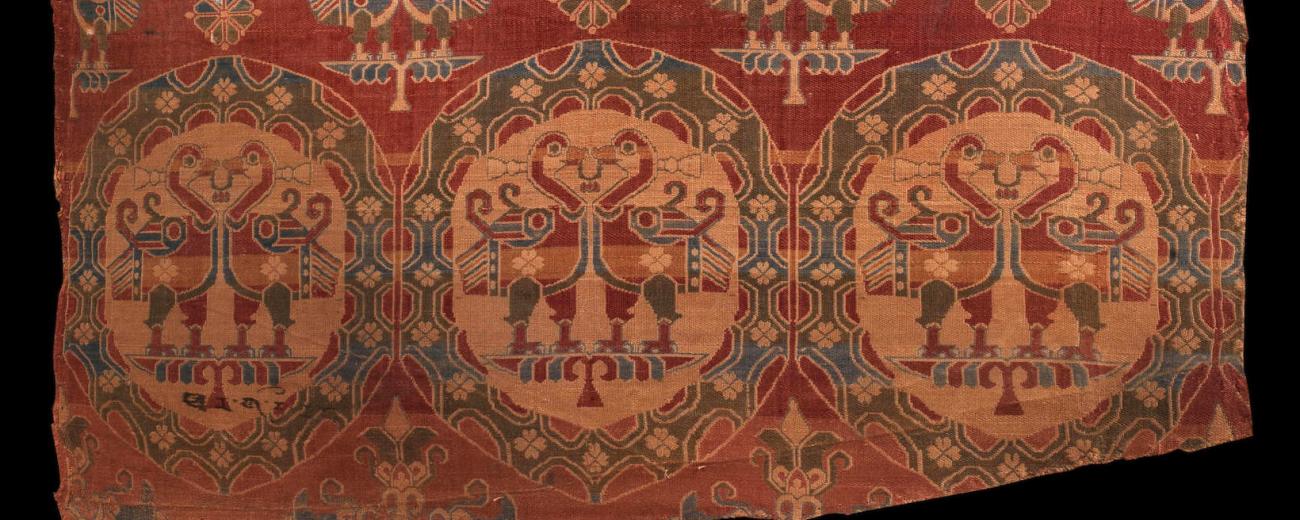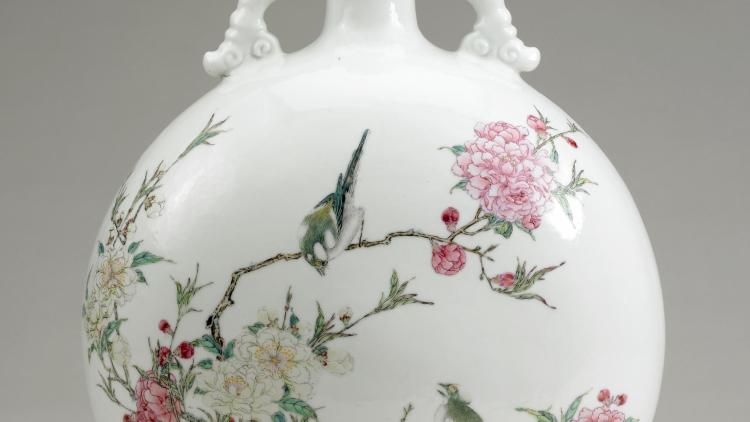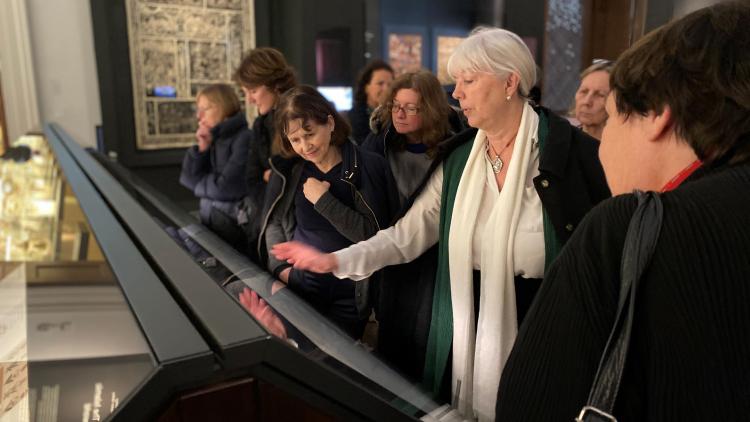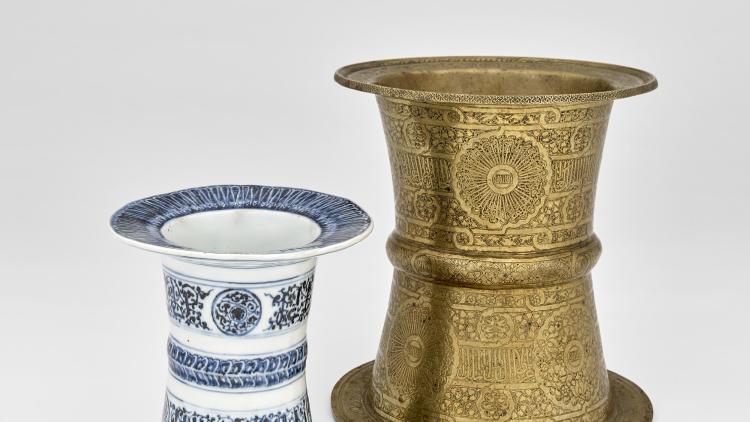Silks, Spices, Merchants and Slaves: Trade and transmission across land and maritime routes (500–1200)


Key information
- Duration
- 4-7 November 2024
- Location
- SOAS, Russell Square
Course overview
The Silk Routes spanned Asia, Africa and Europe, providing conduits for the movement of people, commodities and ideas. This course focusses both on the transmission of the Buddhist religion and on the international trade in luxury goods during this high point of connectivity between different cultures.
The dissemination of Buddhism overland from the Indian subcontinent through the Central Asian oases into China stimulated a flowering in the arts. The lectures reveal the creative endeavours which accompanied the religion, through the travelogues of Xuanzang, the renowned 7th century Chinese pilgrim, and the spectacular wall paintings and sculptures in the Mogao cave temples at Dunhuang. Buddhism spread furthest east to Japan, where a treasure trove of sacred artworks from the 8th century survives in the Todai-ji pagoda temple complex at Nara. The same land routes facilitated the movement of the ‘heavenly horses of Ferghana’, transported to Tang China by the famed Sogdian merchants of Samarqand. Costly products such as patterned silks, silver dishes, and rare delicacies for the dining table satisfied growing demands for exotica.
Transregional maritime activity flourished across the Indian Ocean, with intense traffic between entrepôts in Arabia and eastern Africa, and south and southeast Asia. The Srivijaya kingdom in particular was an important trading empire, originating in Sumatra from the 7th century onwards. We see in the following centuries, textiles and sculpture in Java with designs rooted in far-distant India. Further west, gold, ivory and wild animals were assembled for export from across the African continent, while frankincense and myrrh were sent from Yemen and Oman, bound for temples, churches and palaces across Eurasia.
These lectures also explore elaborate gold crowns from 7th century Silla, Korea, which drew on imagery and symbolism from Afghanistan. From the far northwest, Viking merchants sent Christian slaves and furs to successive Muslim empires along river networks in exchange for silver dirhams, while Far Eastern spices were sold in the markets of northern Europe. Indian garnets, discovered in the grave of an Anglo-Saxon king at Sutton Hoo in England, made one of the longest journeys of all.
This is an in-person specialist art short course offered by the SOAS-Alphawood Postgraduate Diploma in Asian Art, convened by Dr Sara Peterson. The course coincides with the Silk Roads exhibition at the British Museum and will include an introduction by the Exhibition Curator.
Structure
The course runs Monday to Thursday, starting at 10am and finishing before 5pm. Lectures will take place in SOAS’ Russell Square, London campus. The course also features an afternoon visit to the British Museum.
PDF document, 201.95KB
Fees and funding
- Fee: £635 (Includes entry to the British Museum Silk Roads exhibition)
This course is currently FULLY BOOKED.
To join the waiting list for any places that may become available, please email asianart@soas.ac.uk.
Capacity for this course is strictly limited and places are confirmed on a first-come, first-served basis. Please refer to our registration terms and conditions before booking your space.


